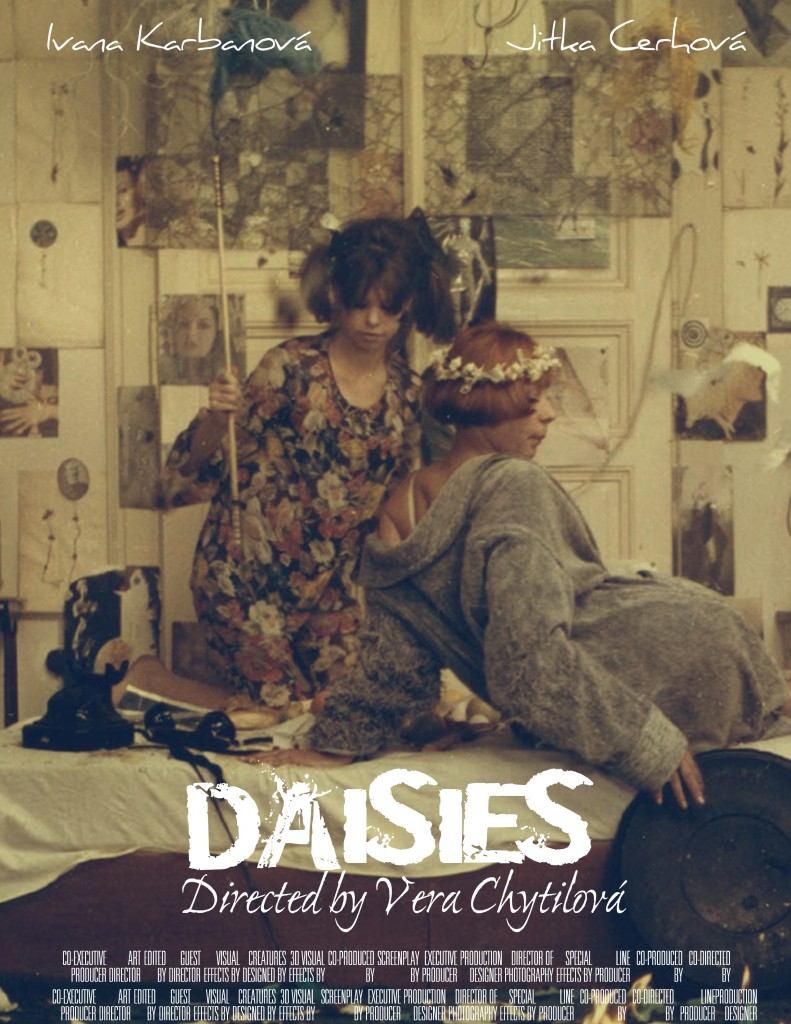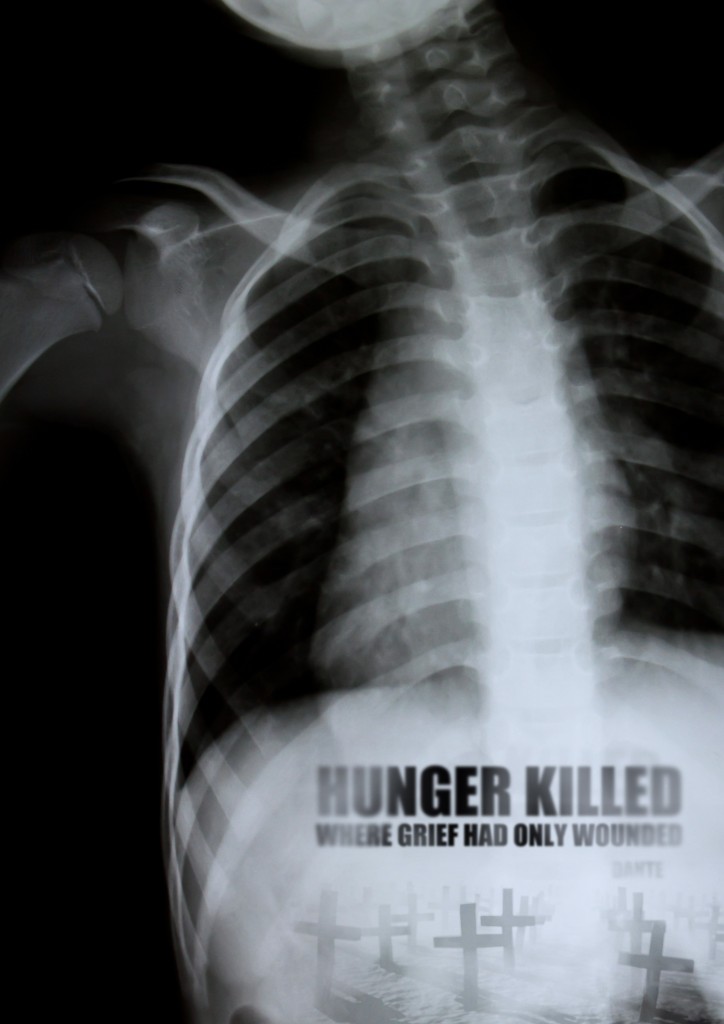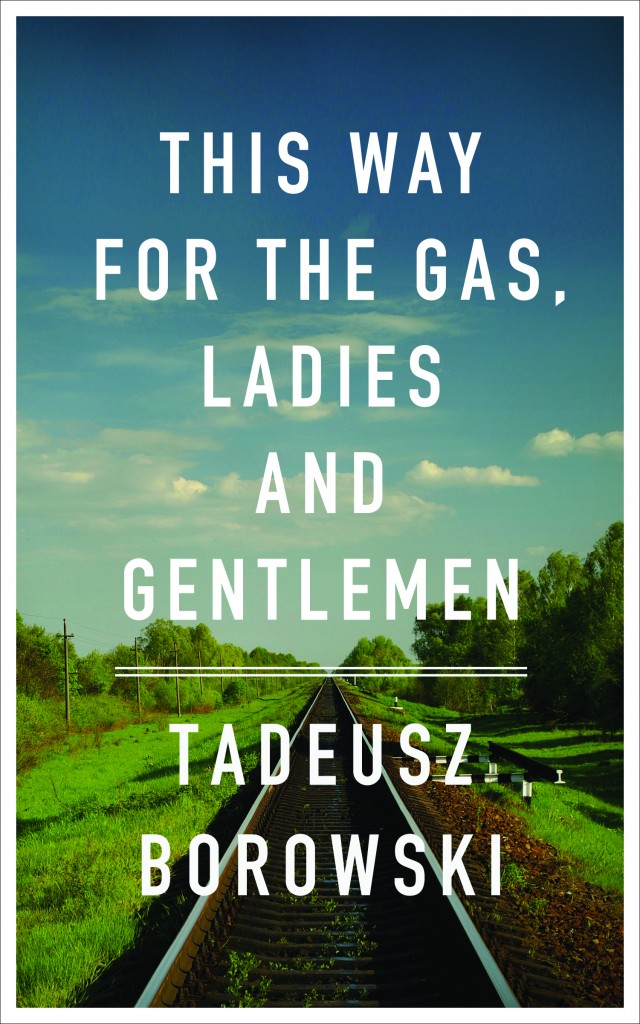bollingen: an adventure in collecting the past, william mcguire
Friday, March 9th, 2012 What was perhaps the most extraordinary publishing venture of the last century was inaugurated in 1943 by Mary Conover Mellon, the 39 year old wife of philanthropist Paul Mellon (who, along with his sister and two cousins for a period comprised half of the eight richest people in the country).
What was perhaps the most extraordinary publishing venture of the last century was inaugurated in 1943 by Mary Conover Mellon, the 39 year old wife of philanthropist Paul Mellon (who, along with his sister and two cousins for a period comprised half of the eight richest people in the country).
The catalyst for this illustrious enterprise was a five-part seminar conducted by psychiatrist C. G. Jung that the Mellons attended in New York in 1937. What began then as an already ambitious project by Mary to publish the collected works of Jung in English translation exploded into a remarkable publishing program of hundreds of titles that included works by Joseph Campbell (The Hero with a Thousand Faces), Mircea Eliade (The Myth of the Eternal Return), Heinrich Zimmer (The King and the Corpse), Marie-Louise von Franz (Aurora Consurgens), and Jaroslav Pelikan (Imago Dei: The Byzantine Apologia for Icons) to name a few, as well as critical translations of new and classic works: the collected works of Paul Valery, Pushkin’s Eugene Onegin translated by Vladimir Nabokov and The I Ching translated by Richard Wilhelm. The Bollingen Foundation (named for the village where Jung built his retreat the “Tower”) sponsored archaeological expeditions, established research fellowships, initiated a poetry prize and a lecture series and in general supported the work and livelihood of a startling number of people including Olga Fröbe-Kapteyn, who organized the annual Jung-related Eranos lectures at her home in Anscona, Switzerland and Natacha Rambova, the silent film costume and set designer (and wife of Rudolph Valentino) turned Egyptologist. The story of the Bollingen Foundation is full of fascinating tales and eccentric people, behind which is glimpsed only rarely the elusive figure of the philanthropist with a nearly limitless bank account whose major gifts to institutions include the Yale Center for British Art, and the East Wing of the National Gallery of Art.
My introduction to the Bollingen Series came in 1984 during my freshman year at St. John’s College when I purchased a copy of The Collected Dialogues of Plato that absolutely radiated gravitas through its austere olive green jacket. Those first year students flush with cash were also able to buy another Bollingen book, the newly published Oxford Translation of Aristotle with its brilliant shiny cover somewhere between French ultramarine and cobalt blue (I remember it costing an exorbitant $60). The rest of us had to make do with Random House’s rather tweedy old Basic Works of Aristotle. (To be sure, though, the famous series at the St. John’s bookstore was unequivocally the fusty diminutive volumes of The Loeb Classical Library, specifically the Greek texts bound in green linen with gold embossing and Irish green jackets — two years of Greek was required, but no Latin. I still have the two Loebs: Sophocles’ Oedipus Tyrranus and Sextus Empiricus’ Outlines of Pyrrhonism). My junior year I acquired my third and last program-related Bollingen: Charles S. Singleton’s translation of Dante’s Commedia.


























